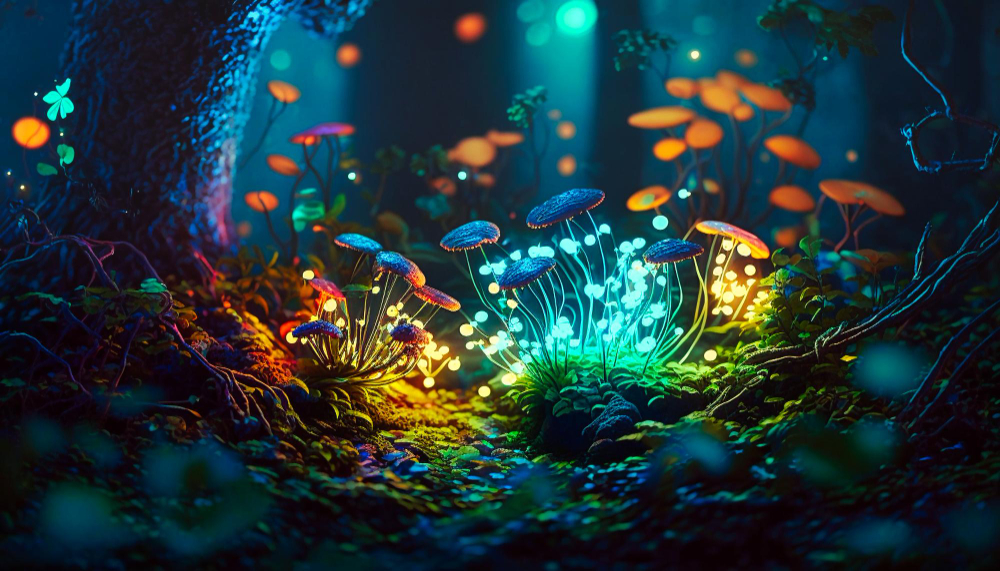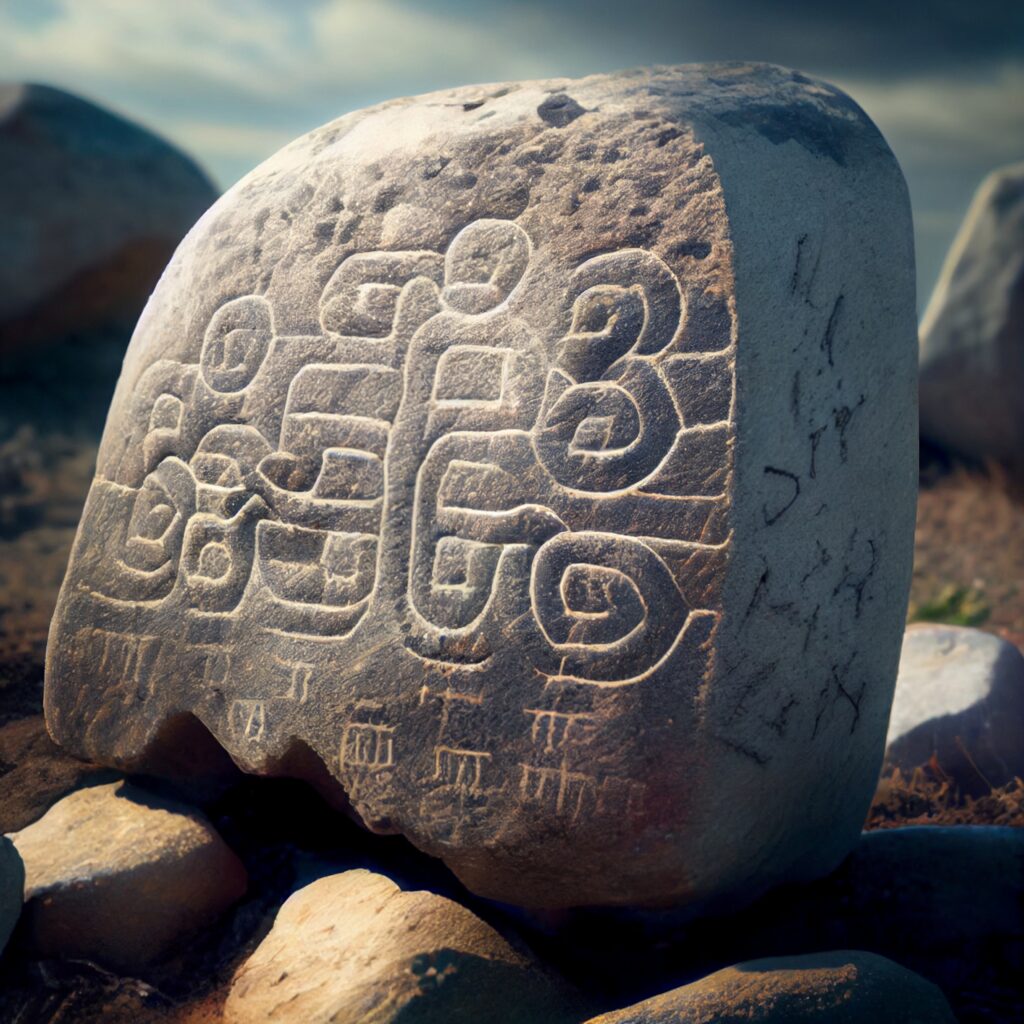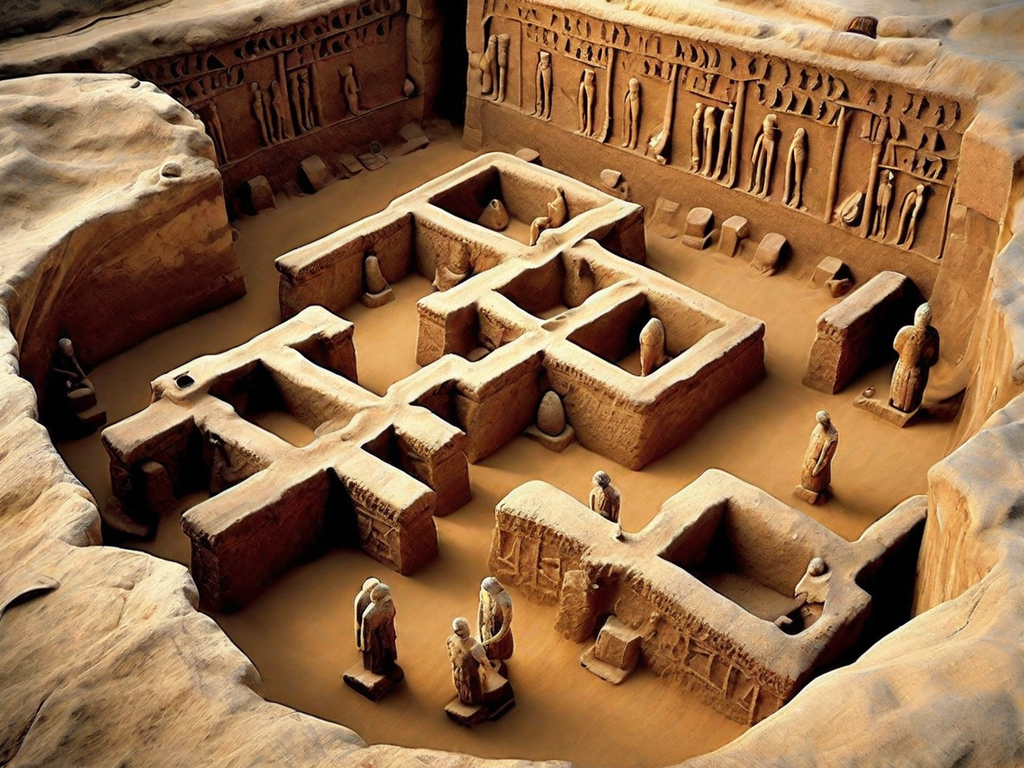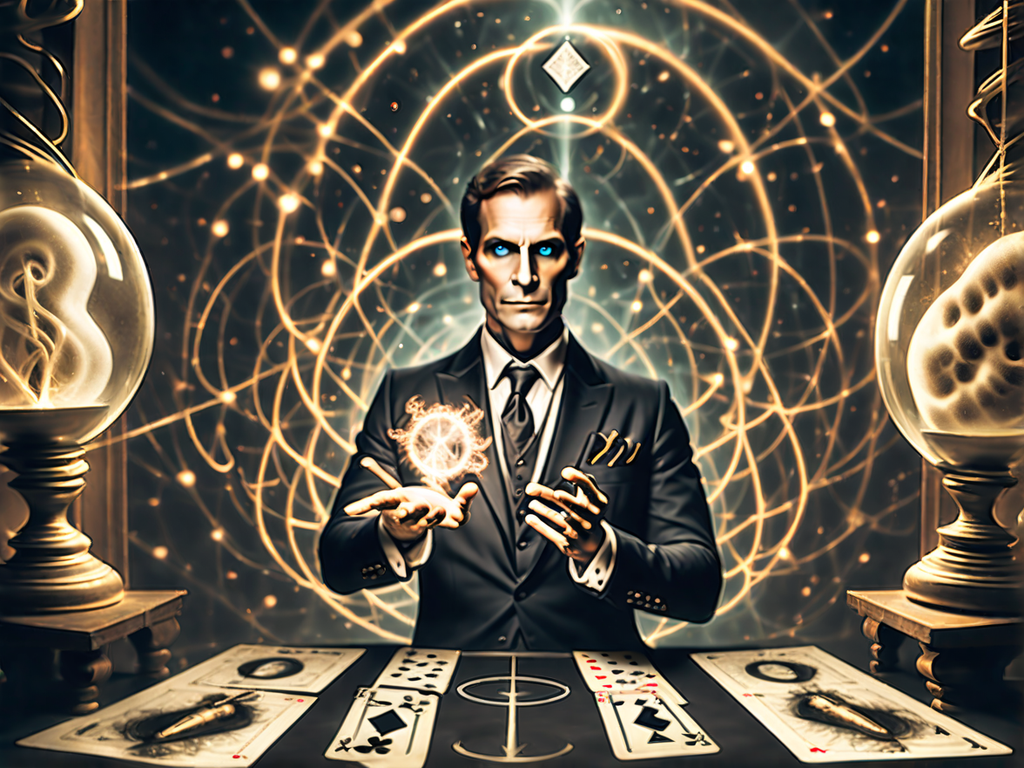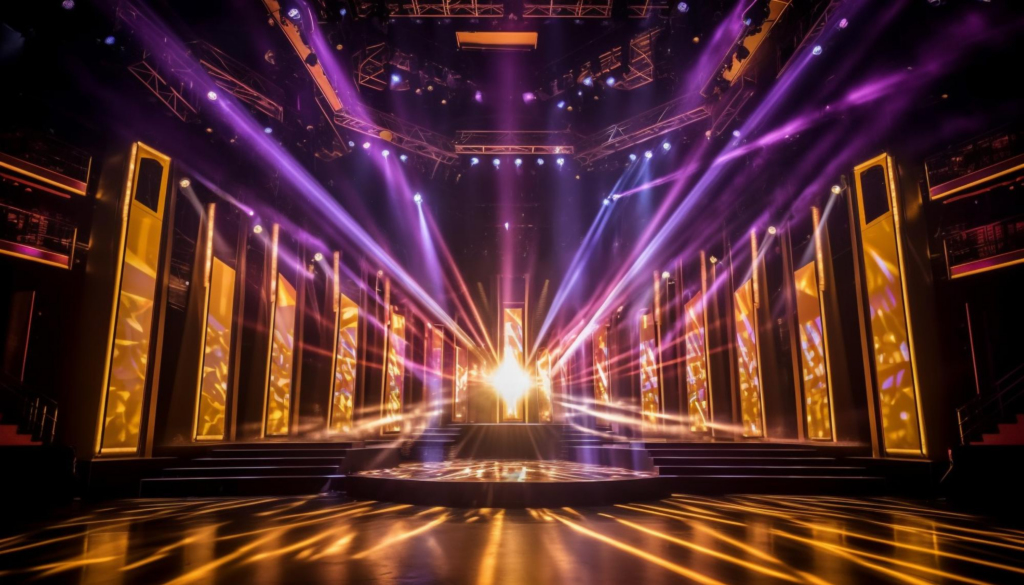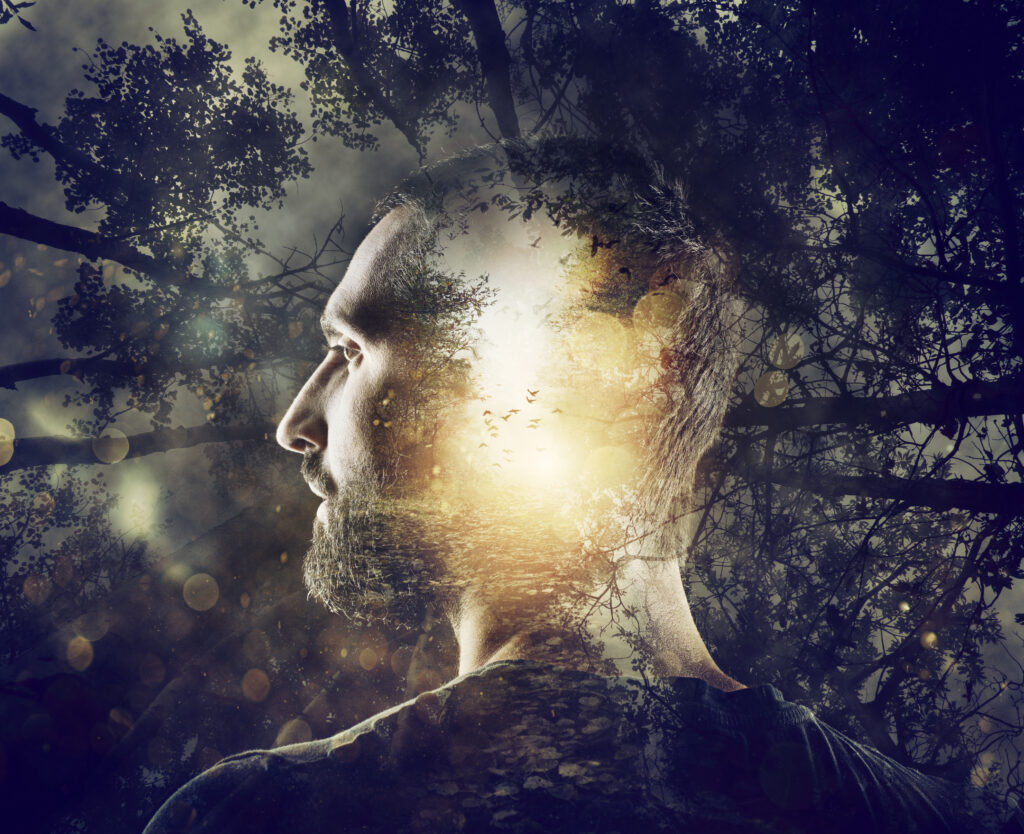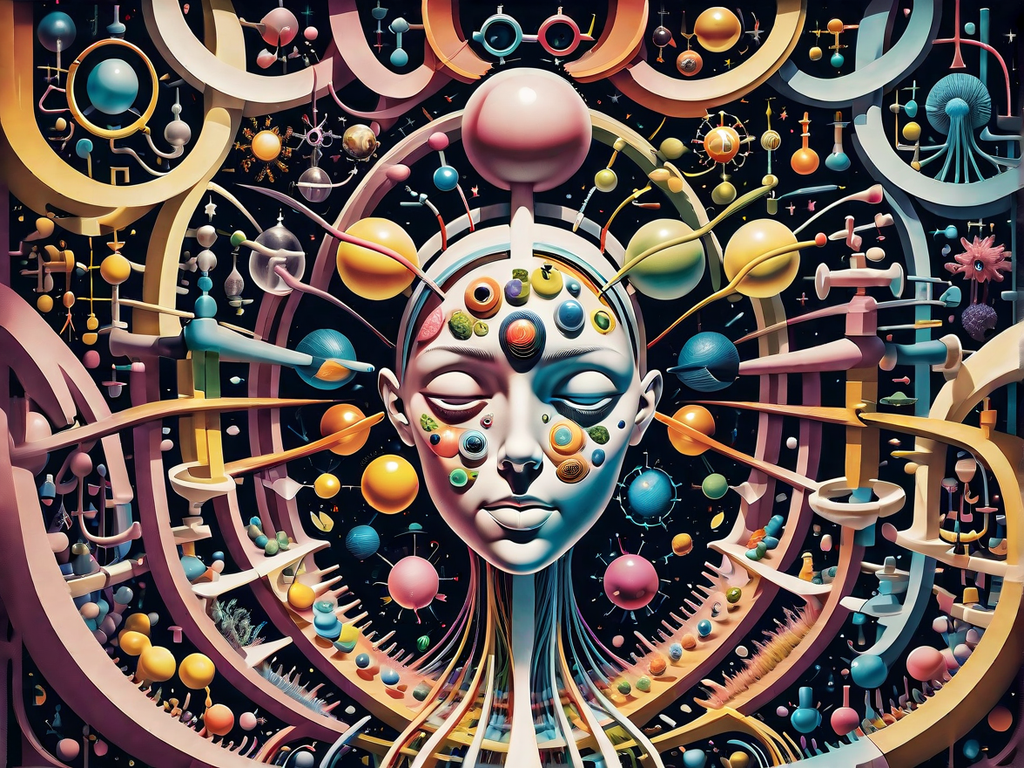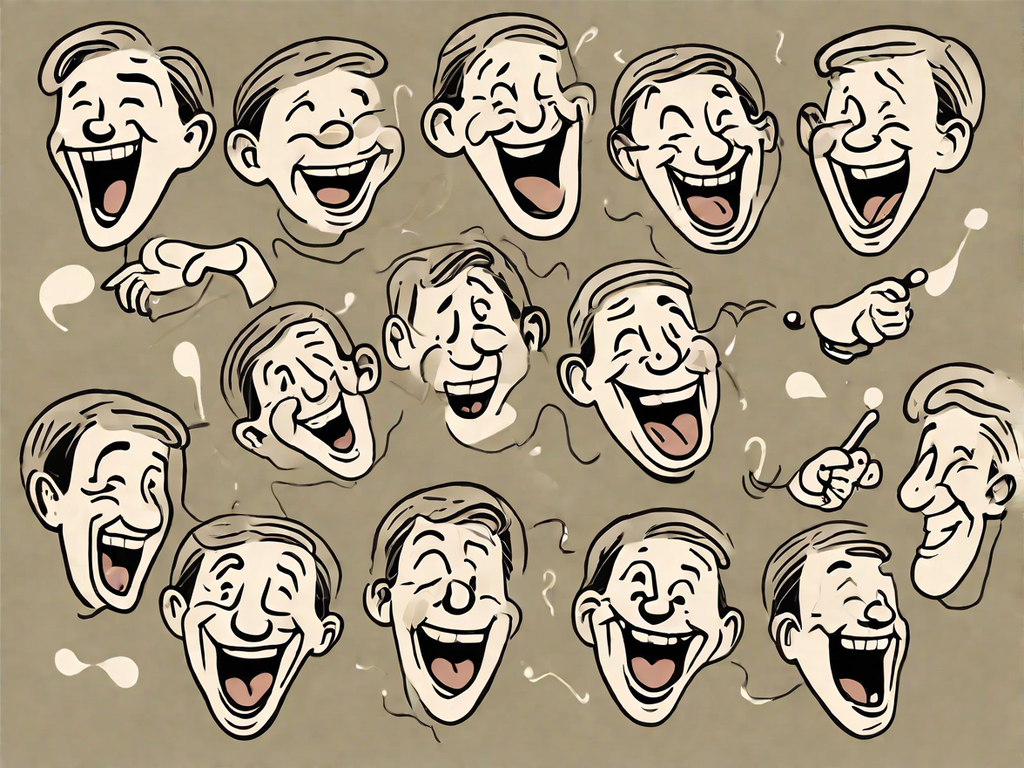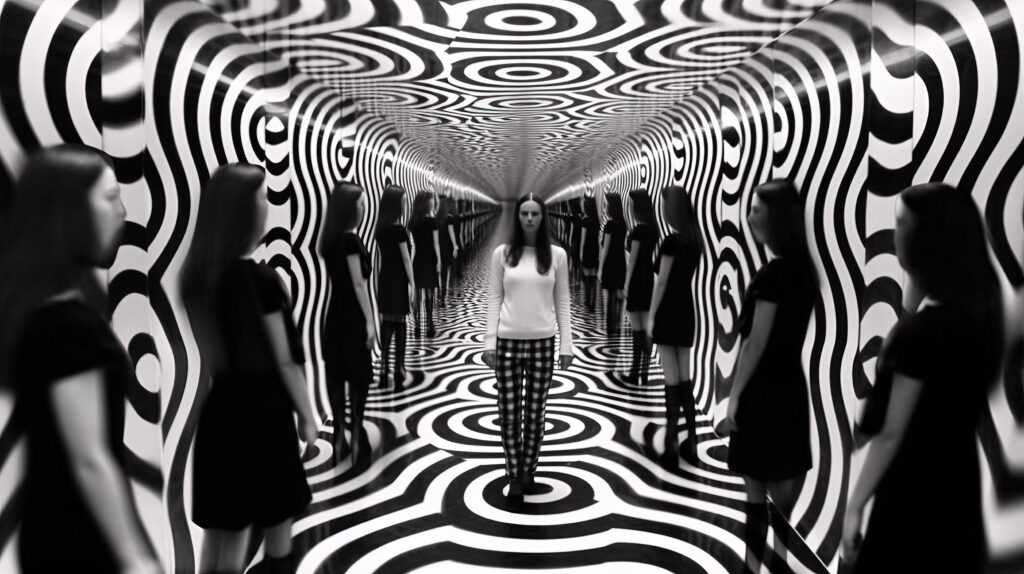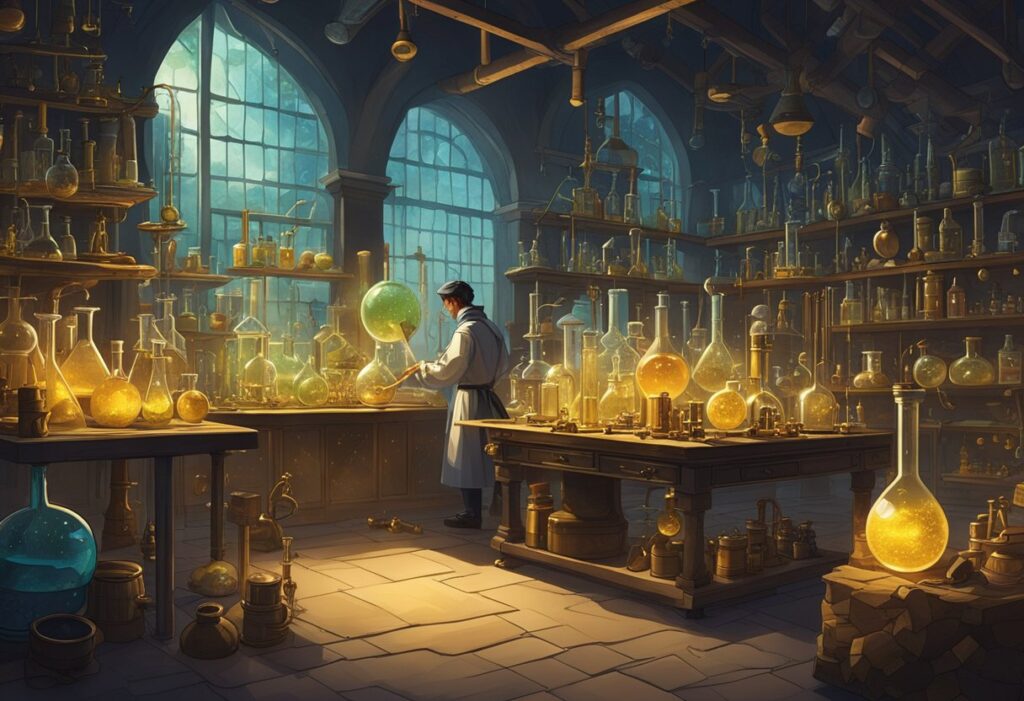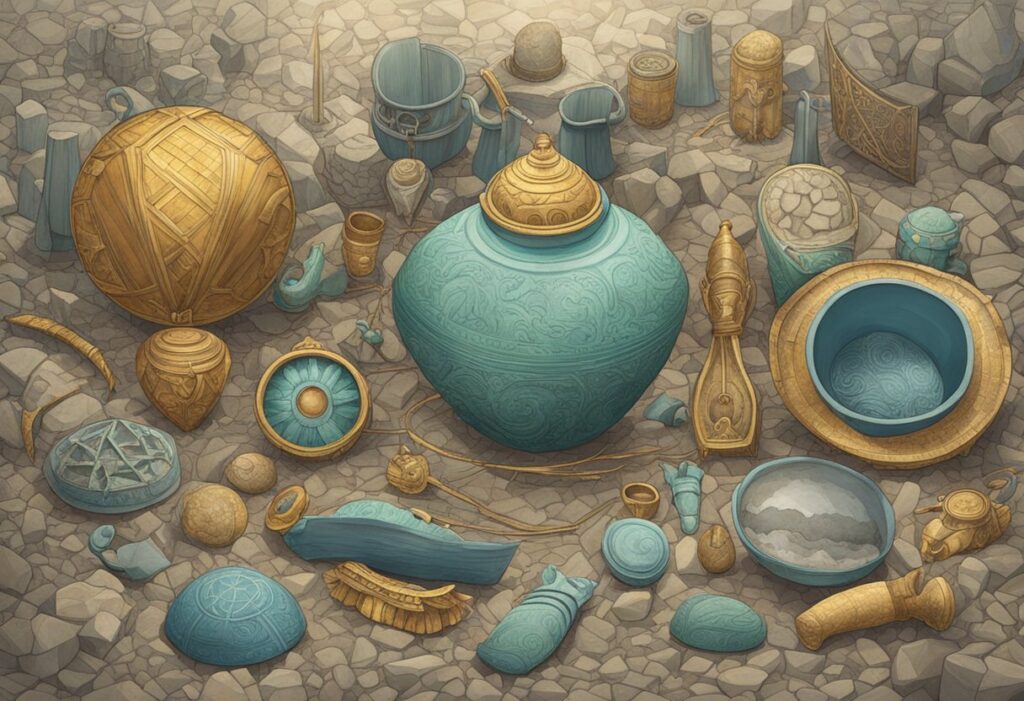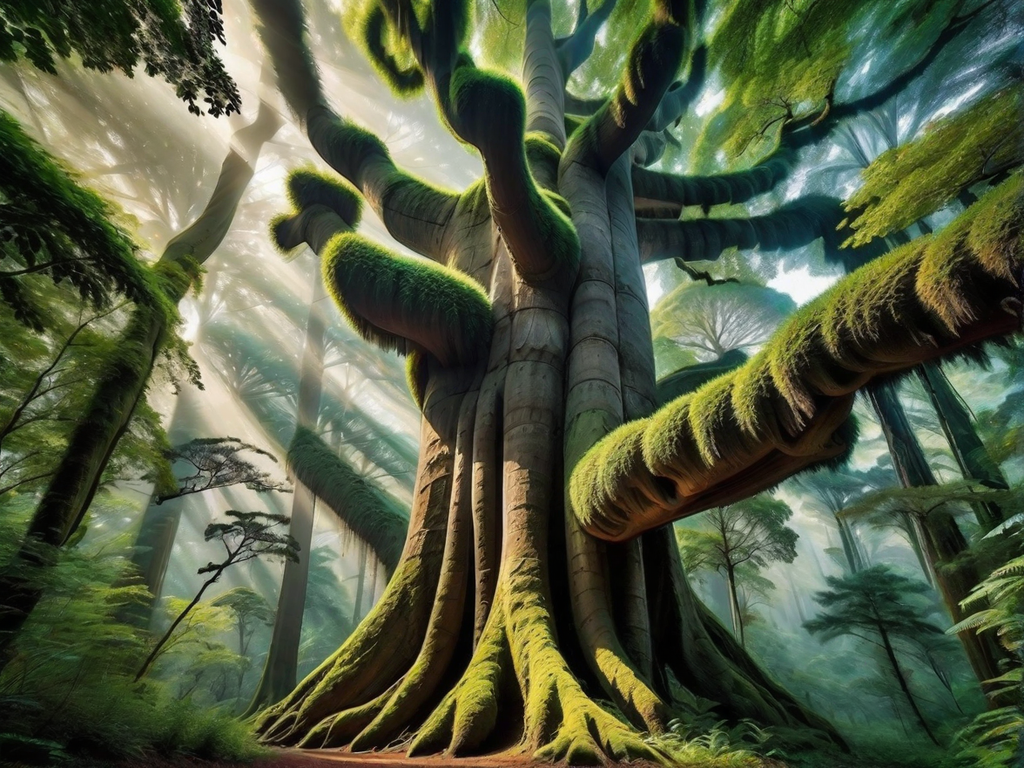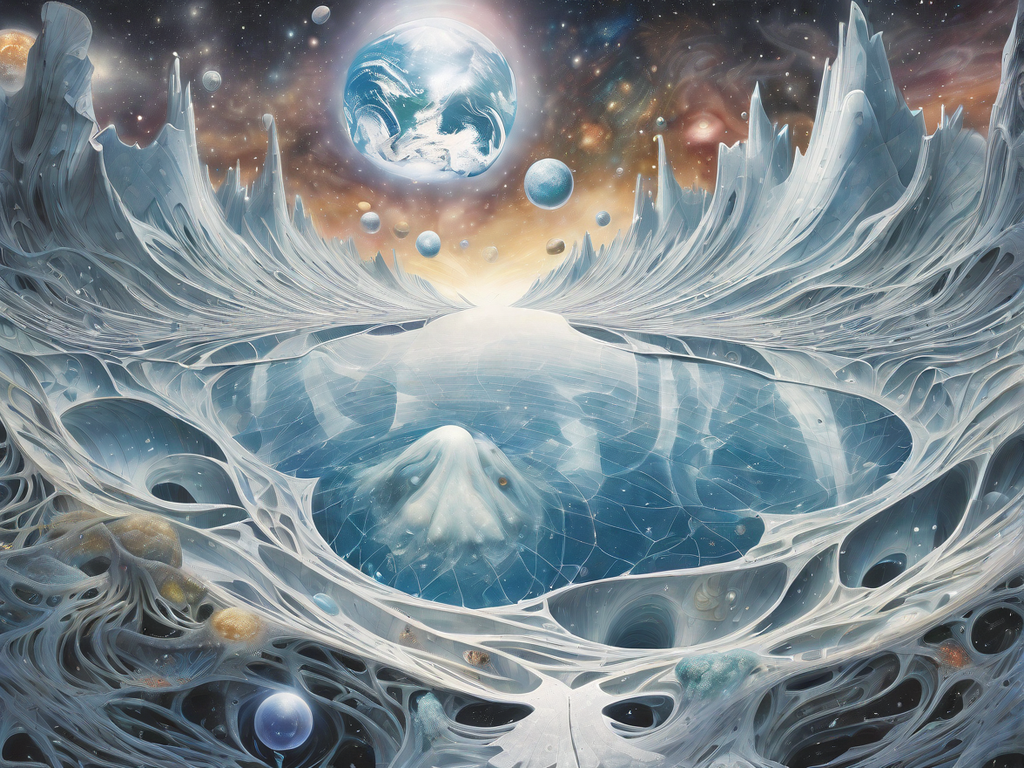The Life and Influences of Hieronymus Bosch
In order to fully understand the enigmatic and captivating paintings of Hieronymus Bosch, it is essential to delve into his life and the influences that shaped his distinct artistic style. Born around 1450 in the Dutch town of ‘s-Hertogenbosch, Bosch’s upbringing and environment played a significant role in his development as an artist.
Bosch’s artistic training is believed to have taken place within his family’s workshop, where he honed his skills and gained a deep appreciation for the craftsmen’s meticulous attention to detail. His early works showed the influence of the tradition of Gothic and early Renaissance painting prevalent during this period.
“The object of the painter is to make a picture, which is a window through which others can look into a different world that they cannot enter themselves.”
– Hieronymus Bosch
However, it was not just the technical aspects of his training that shaped Bosch’s artistry. The cultural and religious climate of his time greatly influenced his subject matter and symbolism. The 15th century was marked by upheavals in society and the Catholic Church, with intense debates surrounding moral decay and the threat of damnation. These concerns found their way into Bosch’s art, as reflected in his portrayal of fantastical creatures, surreal landscapes, and religious allegories.
The works of earlier masters, such as Jan van Eyck and Roger van der Weyden, also left a lasting impression on Bosch. Their attention to naturalistic detail and innovative use of symbolism can be seen in Bosch’s paintings. His fascination with depicting the intricacies of the natural world, combined with his imaginative vision, resulted in the creation of visually stunning and intellectually challenging works that continue to captivate audiences today.
- Key Points:
- Hieronymus Bosch’s artistic training took place within his family’s workshop.
- The cultural and religious climate of the 15th century greatly influenced Bosch’s subject matter and symbolism.
- Earlier artists like Jan van Eyck and Roger van der Weyden inspired Bosch’s attention to detail and use of symbolism.
By exploring the life and influences of Hieronymus Bosch, we gain valuable insight into the origins of his enigmatic art. The combination of his upbringing, artistic training, and the cultural and religious influences of his time laid the foundation for his unique style and thematic choices. In the following sections, we will delve further into Bosch’s symbolism, iconic paintings, and enduring legacy in the art world.
Unveiling Bosch’s Symbolism
Hieronymus Bosch, a renowned painter of the Renaissance era, is celebrated for his enigmatic and thought-provoking works. His paintings are imbued with intricate symbolism that invites viewers to delve into their layers of meaning. Through fantastical creatures, bizarre scenes, and hidden messages, Bosch’s art unveils a world that is both puzzling and captivating.
Bosch’s symbolism is a visual language that communicates deeper ideas and concepts beyond what meets the eye. Each element in his paintings serves a purpose, revealing allegorical and moral truths.
The use of symbolic imagery in Bosch’s works allows him to create a rich tapestry of meaning, weaving together complex narratives that explore the human condition, morality, and the spiritual realm.
Dozens of creatures, both human and monstrous, populate Bosch’s paintings, each representing various vices, virtues, and existential themes. The symbolism in his art highlights the fragility of human existence, the consequences of sin, and the potential for redemption.
- One recurring motif in Bosch’s paintings is the Garden of Earthly Delights, a lush paradise that symbolizes earthly desires, indulgence, and the fleeting nature of pleasure.
- The Temptation of St. Anthony reveals the inner struggles and temptations faced by individuals, depicting the psychological torment and the battle between good and evil.
- The vivid imagery of Hell in The Last Judgment serves as a moral warning, depicting the consequences of sin and the final judgment that awaits humanity.
The symbolism in Bosch’s paintings invites interpretation and reflection, allowing viewers to engage with the deeper meaning and explore their own understanding of the human experience.
By unraveling the hidden messages and dissecting the myriad symbols that adorn Bosch’s canvases, we gain insight into the artist’s unique vision and his commentary on the complexities of life. His symbolism has endured the test of time, captivating audiences for centuries and cementing Bosch’s place as a master of allegorical painting.
Key Takeaways:
- Bosch’s paintings are renowned for their intricate symbolism.
- The symbolism in Bosch’s art communicates deeper ideas and moral truths.
- Bosch’s works explore existential themes, human vices, and the potential for redemption.
- The garden, temptation, and judgment are recurring motifs in Bosch’s paintings.
- The symbolism in Bosch’s art invites interpretation and reflection, engaging viewers in a deeper exploration of the human experience.
Iconic Hieronymus Paintings: The Garden of Earthly Delights
Hieronymus Bosch’s masterpiece, The Garden of Earthly Delights, is widely regarded as one of the most iconic and enigmatic paintings in art history. This triptych, created between 1490 and 1500, showcases Bosch’s visionary artistry and his ability to create a fantastical world filled with surreal creatures and symbolic imagery.
The composition of The Garden of Earthly Delights is divided into three panels, each depicting a different scene and narrative. The outer panels show the creation of the world and the Garden of Eden, while the central panel presents a vibrant and provocative vision of earthly pleasures and indulgences. The final panel reveals a chaotic and nightmarish depiction of Hell.
The Garden of Earthly Delights is a visual feast of symbolism and allegory, inviting viewers to decipher its meaning and explore the complexities of Bosch’s imagination.
The symbolism within the painting is rich and multi-layered. Bosch’s use of strange and otherworldly creatures, such as hybrid beings and fantastical animals, creates a sense of mystery and intrigue. The intricate details and meticulous craftsmanship further emphasize the artist’s attention to detail and his ability to create a world that blurs the boundaries between reality and fantasy.
Interpreting The Garden of Earthly Delights has been a subject of debate among scholars and art enthusiasts. Some believe that Bosch intended to convey a moralizing message about the consequences of earthly desires and the pursuit of pleasure. Others see the painting as a reflection of philosophical, religious, and social themes prevalent during Bosch’s time.
- One interpretation suggests that the central panel represents the transient nature of earthly desires, while the Hell panel serves as a warning of the consequences of indulgence and sinful behavior.
- Another view argues that the painting embodies a critique of societal norms and institutions, questioning the morality and corruption of the contemporary world.
- There are also theories that propose a more allegorical reading, with the artwork representing various stages of spiritual enlightenment or the journey of the human soul.
The Garden of Earthly Delights continues to captivate audiences with its ambiguous and layered meanings, sparking endless speculation and providing a window into the mind of one of history’s most enigmatic artists.
This iconic painting has left an indelible mark on the art world, inspiring generations of artists and captivating viewers with its unmatched beauty and thought-provoking symbolism. The Garden of Earthly Delights remains an eternal testament to the genius and creative vision of Hieronymus Bosch, earning its rightful place as a masterpiece of Western art.
The Temptation of St. Anthony: A Journey into Inner Demons
Within the enigmatic world of Hieronymus Bosch’s paintings, one piece stands out for its exploration of psychological and spiritual themes – The Temptation of St. Anthony. This captivating artwork depicts the torment and struggle faced by St. Anthony as he battles his inner demons.
Bosch’s portrayal of St. Anthony’s temptation offers a deep insight into the human condition. The painting confronts the viewer with a chaotic scene, filled with grotesque creatures and surreal imagery. These elements reflect the inner demons that St. Anthony must confront in his quest for spiritual enlightenment.
“In The Temptation of St. Anthony, Bosch presents a vivid representation of the human psyche. The artist’s use of symbolism and fantastical imagery highlights the internal struggles that individuals face in the pursuit of purity and holiness.” – Dr. Marie Smith, Art Historian
Through intricate details and symbolic elements, Bosch invites us to contemplate the temptations and inner conflicts we all encounter in our lives. The presence of fantastical creatures, demons, and tormented souls serves as a visual metaphor for those internal battles that often go unnoticed.
This thought-provoking painting challenges viewers to confront their own inner demons and consider the choices they make in the face of temptation. It invites us to reflect on the tension between worldly desires and spiritual enlightenment, a struggle that is universal and timeless.
The Symbolism of The Temptation of St. Anthony
Bosch’s meticulous attention to symbolism in The Temptation of St. Anthony reveals deeper layers of meaning within the painting. From the monstrous creatures to the various objects and actions depicted, each element serves a purpose in conveying the spiritual journey and inner turmoil of St. Anthony.
- The demons and grotesque creatures in the painting symbolize the temptations and vices that plague humanity.
- The tormented souls represent the consequences of succumbing to those temptations.
- The isolated and stoic figure of St. Anthony portrays his unwavering commitment to his faith despite the temptations surrounding him.
This symbolism invites contemplation and introspection, urging viewers to reflect on their own struggles with temptation and their path towards spiritual growth.
Bosch’s Visions of Hell: The Last Judgment
Hieronymus Bosch’s masterpiece, The Last Judgment, offers a vivid and chilling glimpse into his disturbing visions of Hell. In this captivating painting, Bosch presents a nightmarish realm filled with grotesque creatures, tormented souls, and moral messages that continue to resonate today.
Using his meticulous attention to detail and imaginative symbolism, Bosch portrays a startling depiction of the Last Judgment, highlighting the consequences of human actions and the eternal damnation that awaits those who are deemed unworthy.
“I must study politics and war, that my sons may have the liberty to study mathematics and philosophy.” – John Adams
The nightmarish imagery in The Last Judgment serves as a cautionary tale, compelling viewers to reflect on their own choices and the potential consequences they might face in the afterlife. Through his grotesque and otherworldly depictions, Bosch prompts introspection and contemplation of one’s moral compass, urging viewers to consider the path they choose in this life.
The painting’s meticulously crafted details and intricate compositions allow viewers to delve deeper into the unsettling scenes, revealing a myriad of religious motifs that enhance their theological significance. From demonic creatures to angelic figures and the contrasting landscapes of heaven and hell, The Last Judgment becomes a visual representation of the eternal battle between good and evil.
An Interpretation of the Symbols:
- The Inferno: The fiery depths of Hell, populated by grotesque and hybrid creatures, symbolize the consequences of sin and moral corruption.
- The Damned: Tormented souls, depicted in various states of agony, reflect the punishment that awaits those who succumb to temptation and immorality.
- Angel and Trumpet: The presence of an angel blowing the trumpet serves as an announcement of divine judgment, signaling the end of days and the reckoning of souls.
- Heavenly Figures: Amidst the chaos, heavenly beings symbolize the potential for redemption and salvation for those who have remained virtuous and faithful.
In his portrayal of Hell and the Last Judgment, Bosch’s artistry transcends time, inviting contemplation and introspection. The nightmarish scenes and profound symbolism continue to captivate audiences, providing a haunting reminder of the consequences that await those who stray from righteousness.
Legacy and Influence of Hieronymus Bosch
Hieronymus Bosch’s visionary approach and unique style have left an indelible mark on the art world, influencing subsequent generations of artists from the Renaissance to the present day. Bosch’s exploration of the human psyche and his depiction of fantastical worlds have captivated audiences and inspired countless artists throughout history.
- Bosch’s Legacy: Bosch’s legacy is characterized by his ability to create intricate and thought-provoking paintings that continue to fascinate viewers centuries after their creation. His enigmatic works challenge conventional artistic norms and push the boundaries of imagination.
- Influence on Symbolism: Bosch’s symbolism has had a profound impact on the development of this artistic technique. His use of allegorical figures, surreal elements, and hidden messages has inspired artists to delve deeper into the layers of meaning in their own works.
- Impact on Surrealism: Bosch’s surreal and dreamlike imagery had a significant influence on the Surrealist movement of the 20th century. Artists such as Salvador Dalí and Max Ernst drew inspiration from Bosch’s visual language to express their own subconscious thoughts and desires.
- Cultural and Religious Influence: Bosch’s exploration of religious and moral themes in his paintings has had a lasting impact on the representation of spirituality in art. His depictions of Heaven, Hell, and earthly temptations continue to resonate with audiences, reflecting the enduring significance of these universal concepts.
“Bosch’s visionary approach and the intricacy of his works have inspired countless artists, pushing the boundaries of creativity and encouraging them to delve into the depths of their imagination.” – Art historian, Dr. Maria Williams
As artists continue to draw inspiration from Bosch’s masterpieces, his legacy and influence remain alive in contemporary art. The enigmatic worlds he created and the symbolism he employed continue to challenge and captivate audiences, reminding us of the enduring power of art to provoke thought and evoke emotions.
Conclusion
In conclusion, the enigmatic paintings of Hieronymus Bosch continue to fascinate and intrigue viewers centuries after their creation. His works are filled with intricate symbolism, demonstrating his visionary artistry and thought-provoking themes that have made him a treasure of the art world.
Exploring Bosch’s life, influences, and iconic paintings has allowed us to gain a deeper understanding of the mysterious and captivating world he created through his art. From his upbringing and artistic training to the cultural and religious influences that shaped his distinct style, Bosch’s life journey has played a significant role in shaping his enigmatic art.
By delving into the symbolism present in Bosch’s paintings, we uncover hidden layers of meaning and messages. His fantastical creatures, bizarre scenes, and hidden messages provide endless interpretations and insight into the complexities of human nature, morality, and spirituality.
Bosch’s paintings such as “The Garden of Earthly Delights”, “The Temptation of St. Anthony”, and “The Last Judgment” are iconic masterpieces that showcase his unique imagination and skill. These works continue to leave a lasting impression on art enthusiasts, captivating their imagination and prompting introspection.



